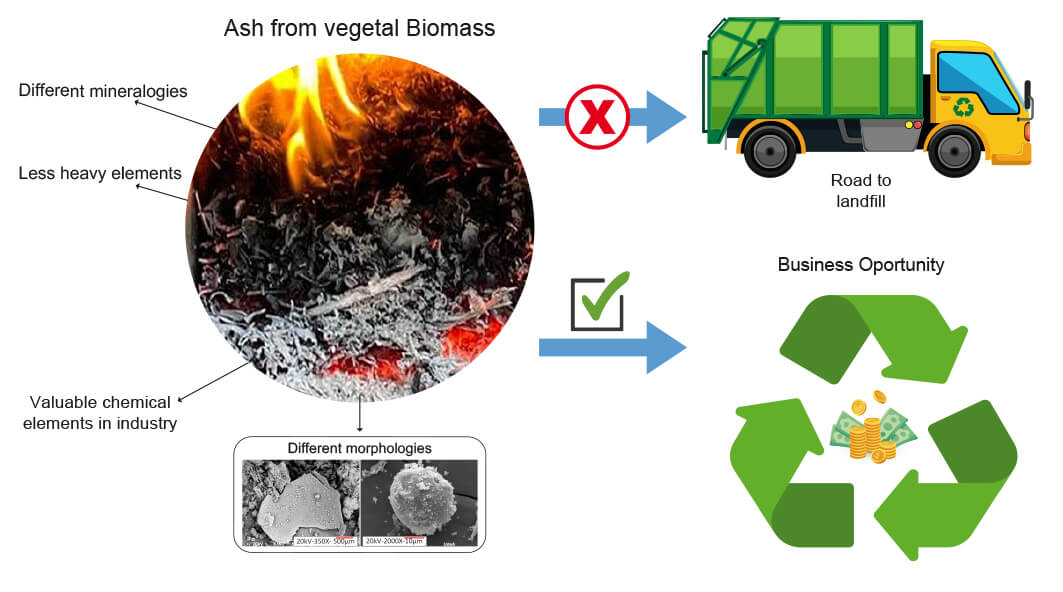 Open Access
Open Access
ARTICLE
Physicochemical Properties of Combustion Ashes of Some Trees (Urban Pruning) Present in the Neotropical Region
1
Competitiveness and Sustainability for Development Research Group, Faculty of Engineering, Universidad Libre-Cúcuta Sectional,
Cúcuta, Colombia
2
Catalysis and Nanomaterials Research Group, Faculty of Mines, Universidad Nacional de Colombia-Medellín Sectional, Medellín,
Colombia
* Corresponding Author: John Freddy Gelves-Díaz. Email:
Journal of Renewable Materials 2023, 11(10), 3769-3787. https://doi.org/10.32604/jrm.2023.029270
Received 10 February 2023; Accepted 11 May 2023; Issue published 10 August 2023
Abstract
Secondary lignocellulosic biomass has proved to be useful as an energy source through its oxidation by means of combustion processes. In accordance with the above, in this paper, we wanted to study the ash from urban pruning residues that are generated in cities in the Neotropics. Species such as Licania tomentosa, Azadirachta indica, Ficus benjamina, Terminalia catappa, Leucaena leucocephala, Prosopis juliflora and Pithecellobium dulce were selected because they have been previously studied and showed potential for thermal energy generation. These materials were calcined in an oxidizing atmosphere and characterized by X-ray diffraction and fluorescence, scanning electron microscopy with microchemistry, BET surface area, thermal gravimetric analysis, and differential scanning calorimetry. The pH and apparent density were also established. The results show high basicity materials (average pH 10), a behavior associated with the presence of chemical elements such as calcium, potassium, magnesium, chlorine, phosphorus, and sulfur. Structurally, these materials have a very significant amorphous fraction (between 49% and 74.5%), the dominant crystalline phases are calcite, arcanite, sylvite, and hydroxyapatite. These ashes have low surface area and do not exceed 13 m2 /g. Two characteristic morphological aspects were observed in these ashes: a morphology of rounded grains where silicon content is highlighted, and lamellar morphologies where the presence of chlorine is highlighted. Thermally, these ashes show four significant mass loss events (400°C, 430°C, 680°C, and 920°C), causing mass losses that vary between 25% and 40%. Through this study, it was possible to establish that, from a chemical point of view, these ashes are less dangerous in comparison with those of a mineral coal that was used as a reference. However, they require additional treatments for their disposal due to their high basicity. Because of their composition, these ashes have the potential to be used in the ceramic and cement industries, and in the manufacture of fertilizers.Graphic Abstract

Keywords
Cite This Article
 Copyright © 2023 The Author(s). Published by Tech Science Press.
Copyright © 2023 The Author(s). Published by Tech Science Press.This work is licensed under a Creative Commons Attribution 4.0 International License , which permits unrestricted use, distribution, and reproduction in any medium, provided the original work is properly cited.


 Submit a Paper
Submit a Paper Propose a Special lssue
Propose a Special lssue View Full Text
View Full Text Download PDF
Download PDF Downloads
Downloads
 Citation Tools
Citation Tools